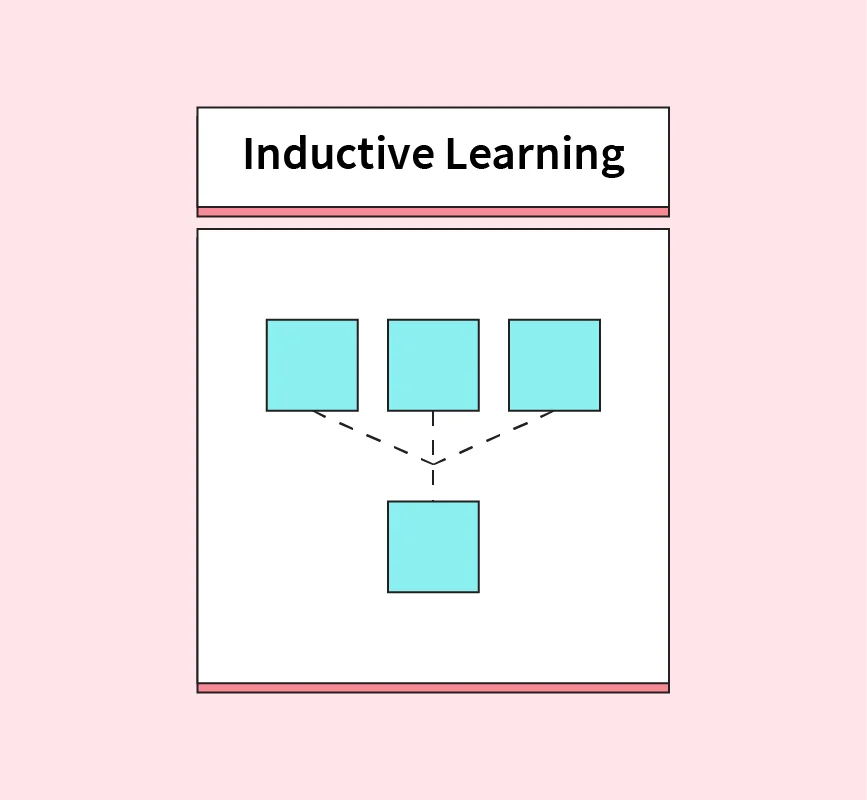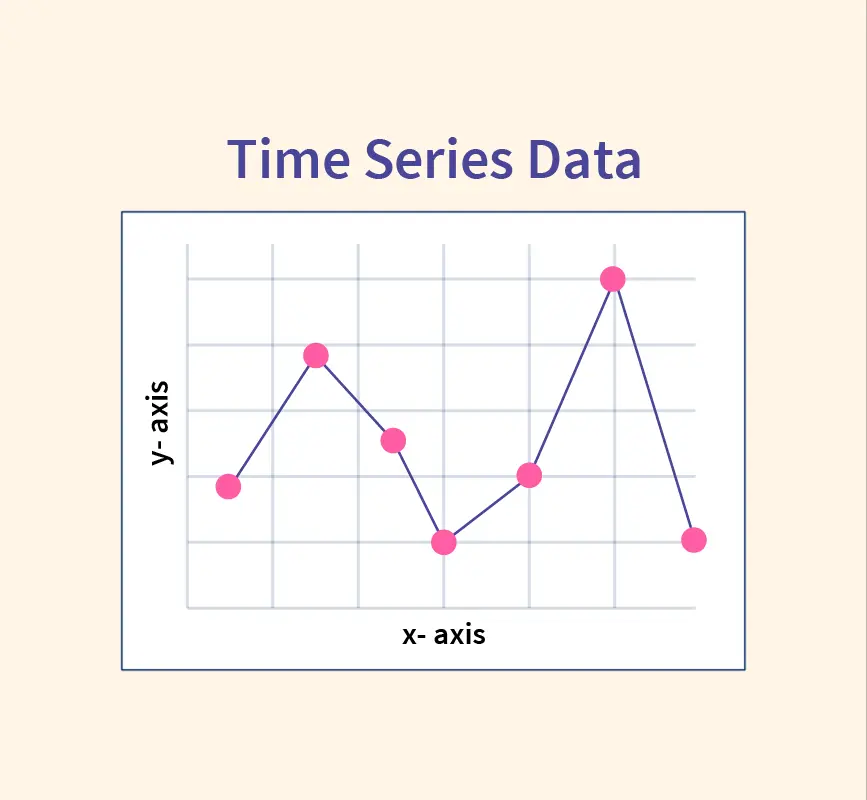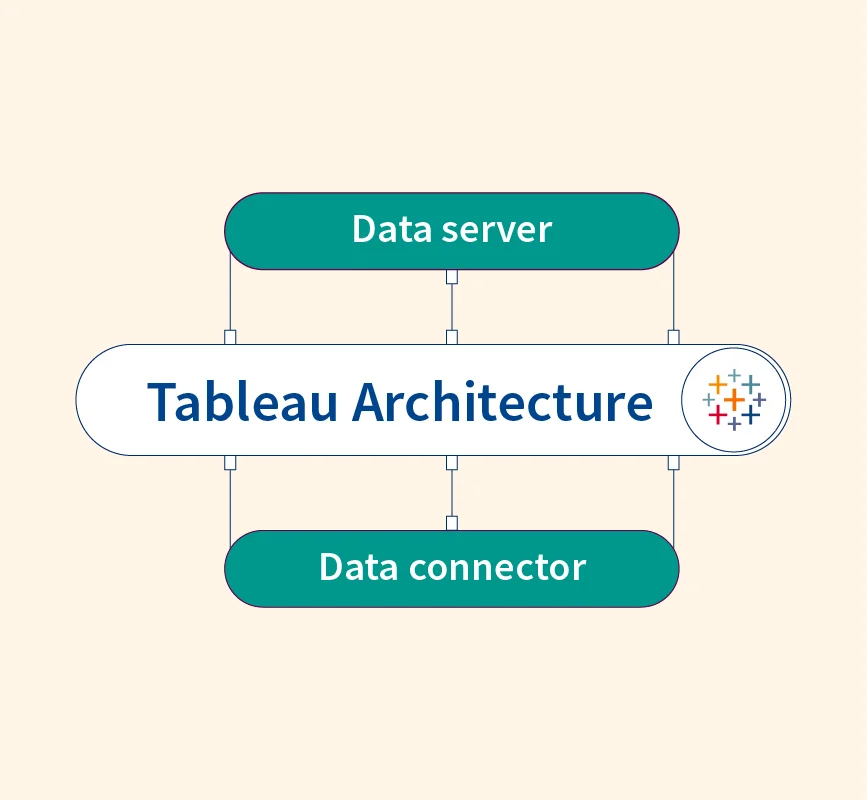AI automation refers to the integration of artificial intelligence (AI) and automation technologies to create intelligent, self-learning systems that enhance business operations, decision-making, and efficiency. AI automation enables machines to analyze data, learn from patterns, and execute tasks with minimal human intervention.
The relationship between AI and automation is crucial to understanding their combined impact. Traditional automation follows predefined rules and workflows, whereas AI-powered automation introduces machine learning, natural language processing (NLP), and predictive analytics to enable systems to adapt and improve over time.
The growing adoption of AI automation is transforming industries by reducing manual effort, increasing speed, and improving accuracy. Businesses use AI-driven automation to enhance customer service, data processing, manufacturing workflows, and financial operations. As organizations continue to embrace digital transformation, AI automation is becoming a key driver of efficiency, cost reduction, and innovation across various sectors.
What is AI Automation?
AI and automation are often used interchangeably, but they are distinct concepts. Automation refers to the use of software, robotics, or programmed workflows to complete tasks without human intervention. Traditional automation follows predefined rules, making it efficient but rigid.
AI, on the other hand, enables machines to learn, adapt, and make decisions based on data and patterns. AI-driven automation goes beyond rule-based systems, allowing machines to analyze information, predict outcomes, and optimize processes autonomously.
Examples of AI and Automation Working Together
AI and automation complement each other in many industries:
- Chatbots use automation for scripted responses, but AI-powered bots like ChatGPT use natural language processing (NLP) to handle complex queries.
- Robotic Process Automation (RPA) automates repetitive tasks, but when integrated with AI, it can analyze data, make decisions, and improve workflows.
- Smart factories use AI-driven robots that learn from sensor data, improving efficiency and predictive maintenance.
AI-driven automation evolves over time, learning from past interactions through machine learning, deep learning, and data analytics. This allows businesses to predict customer needs, detect fraud, optimize supply chains, and personalize experiences, making automation more intelligent, adaptive, and autonomous.
How to Leverage AI and Automation?
AI automation is transforming businesses by optimizing workflows, reducing costs, and improving decision-making. Below are some key practical applications:
- Intelligent Chatbots: Customer Service Automation
AI-powered chatbots like ChatGPT, IBM Watson Assistant, and Google Dialogflow can handle customer queries with human-like responses, reducing the need for human agents. Unlike traditional bots, AI-driven chatbots learn from interactions, improving accuracy over time. - Robotic Process Automation (RPA): AI-Powered Workflow Optimization
RPA automates repetitive, rule-based tasks, but AI-enhanced RPA goes further by using machine learning to analyze patterns, make decisions, and optimize business processes. AI-powered RPA is used in finance (invoice processing), HR (resume screening), and healthcare (claims processing). - Smart Data Processing: AI in Predictive Analytics
AI automation is critical in big data analytics, where it processes vast amounts of information faster and more accurately than humans. AI-driven predictive analytics helps in fraud detection, customer behavior forecasting, and risk assessment by recognizing patterns in data.
Benefits of AI Automation
Enhanced Team Productivity
AI automation significantly improves workforce efficiency by handling repetitive, time-consuming tasks, allowing employees to focus on higher-value activities. Automated systems can process data, manage workflows, and generate reports, reducing manual intervention and increasing productivity across departments. For example, AI-powered HR automation tools streamline resume screening and interview scheduling, saving recruiters valuable time.
Better Customer Experience
AI automation enhances customer interactions through personalized recommendations, intelligent chatbots, and predictive support. AI-driven recommendation engines, used by platforms like Amazon and Netflix, analyze user behavior to suggest relevant products or content, improving customer engagement. AI chatbots provide instant, 24/7 support, ensuring faster query resolution and improved customer satisfaction.
Scalability and Integration
Unlike traditional automation, AI-powered automation adapts to business growth by learning and evolving with new data. Companies can seamlessly integrate AI automation into existing IT ecosystems, enabling scalable, flexible automation solutions that support diverse business operations, from supply chain optimization to cloud-based AI services.
Cost Reduction
AI automation minimizes operational costs by reducing human errors, eliminating redundant processes, and optimizing resource allocation. Businesses using AI-powered RPA (Robotic Process Automation) cut down on labor costs while improving efficiency in data processing, financial transactions, and inventory management.
Accelerating Digital Transformation
AI automation is a key driver in modernizing business processes, enabling companies to adopt AI-driven analytics, intelligent decision-making, and process automation to stay competitive in the digital age. Organizations leveraging AI automation gain a competitive edge, improved agility, and long-term operational efficiency.
How AI Automation Software Works?
Foundation Models
AI automation relies on pre-trained foundation models, which serve as the backbone for various automation processes. These models are trained on vast datasets and can be fine-tuned for specific tasks. For example, large language models (LLMs) like GPT-4 and BERT power intelligent chatbots, content generation, and customer support automation. In computer vision, foundation models like YOLO (You Only Look Once) and OpenCV enable automated image recognition, defect detection, and surveillance systems.
Cloud-Based AI Services
Cloud computing plays a crucial role in AI automation by offering scalable, on-demand AI services without requiring expensive hardware. Cloud-based AI solutions from providers like Google Cloud AI, AWS AI, and Microsoft Azure AI allow businesses to deploy AI-driven automation tools for data processing, predictive analytics, and workflow automation. These services enable organizations to automate tasks remotely, improving efficiency and accessibility while reducing infrastructure costs.
AI-Powered Decision Engines
AI automation software integrates intelligent decision-making systems that analyze real-time data and make autonomous choices based on learned patterns. AI-powered decision engines are widely used in industries like finance, healthcare, and e-commerce for:
- Fraud detection – AI detects anomalies in financial transactions.
- Dynamic pricing – AI adjusts product prices based on demand and competition.
- Healthcare diagnostics – AI analyzes medical data to recommend treatments.
By combining foundation models, cloud-based AI services, and decision engines, AI automation software transforms business processes, enabling smarter, faster, and more data-driven automation.
Use of AI Automation Across Industries
AI automation is revolutionizing multiple industries by enhancing efficiency, accuracy, and decision-making. Below are key sectors benefiting from AI-driven automation:
Healthcare
AI automation is transforming healthcare by streamlining diagnostics, patient management, and administrative tasks. AI-powered tools analyze medical images for early disease detection, reducing diagnostic errors. Automated patient management systems schedule appointments, send reminders, and optimize hospital workflows. In telemedicine, AI chatbots provide instant medical advice, improving accessibility to healthcare services.
Finance
The finance sector leverages AI automation for fraud detection, risk assessment, and compliance monitoring. AI-driven fraud detection systems analyze transaction patterns in real time, flagging suspicious activities. Automated risk assessment models help banks evaluate loan applications and credit scores more efficiently. AI-powered chatbots and virtual assistants handle customer queries, reducing the workload on human agents.
Manufacturing
AI automation in manufacturing enhances predictive maintenance and supply chain management. Sensors powered by AI and IoT (Internet of Things) predict equipment failures, preventing costly downtimes. AI optimizes supply chains by forecasting demand, managing logistics, and reducing waste. Smart robotic process automation (RPA) increases production efficiency, ensuring precision and speed in assembly lines.
Retail
AI-driven automation enhances e-commerce personalization and inventory management. Recommendation engines analyze customer behavior, suggesting personalized product recommendations on platforms like Amazon and Netflix. AI-powered inventory systems predict demand trends and adjust stock levels accordingly, minimizing overstocking and shortages.
Marketing and Advertising
AI automation is transforming customer segmentation, content personalization, and ad targeting. AI-powered tools analyze customer data, behavior, and preferences to create personalized marketing campaigns. Automated ad placement and bidding strategies optimize digital ad spend, ensuring businesses reach the right audience at the right time.
Challenges and Ethical Considerations in AI Automation
Workforce Displacement and Job Evolution
AI automation is reshaping industries by streamlining operations and reducing dependency on manual labor. While this enhances efficiency, it also raises concerns about job displacement, particularly in repetitive, rule-based roles such as data entry, manufacturing, and customer service. However, AI is not just replacing jobs but also creating new roles in AI management, data science, and cybersecurity. To adapt to this transformation, companies must invest in reskilling and upskilling employees, ensuring they can work alongside AI-driven systems.
AI Bias and Ethical Risks
AI models learn from historical data, which can introduce bias and unfair decision-making. If AI is trained on imbalanced datasets, it may unintentionally reinforce gender, racial, or economic biases, leading to discriminatory outcomes in hiring, lending, or law enforcement. Companies must implement transparent AI policies, bias detection frameworks, and diverse training datasets to ensure fair decision-making and reduce ethical risks.
Data Privacy and Security Concerns
AI automation relies on large-scale data collection, making it vulnerable to data breaches, misuse, and regulatory violations. Industries handling sensitive user data, such as healthcare, finance, and law enforcement, must comply with data protection laws like GDPR, CCPA, and HIPAA. Businesses need to adopt encryption, access control, and AI governance frameworks to ensure that AI-powered automation respects privacy, security, and ethical AI implementation.
The Future of AI Automation
AI automation is evolving rapidly, shaping the future of business operations, decision-making, and workforce management. As AI continues to advance, several key trends are expected to drive its adoption across industries.
Predicted Trends in AI-Powered Automation
- Hyperautomation – The integration of AI, machine learning, robotic process automation (RPA), and natural language processing (NLP) to create fully autonomous workflows.
- AI-Augmented Decision-Making – AI-powered analytics will enhance real-time decision-making in finance, healthcare, and supply chain management.
- Autonomous AI Systems – AI will move toward self-learning, self-correcting systems that can optimize operations with minimal human intervention.
- Edge AI and Decentralized Automation – AI processing will shift from cloud-based systems to on-device automation, reducing latency and enhancing security.
To stay competitive, businesses must invest in AI-driven automation, adopt AI governance policies, and focus on employee reskilling. Companies should integrate AI-powered tools into their existing workflows while ensuring ethical AI use.
Conclusion
AI automation is transforming industries by enhancing efficiency, reducing operational costs, and improving decision-making. From healthcare and finance to manufacturing and retail, AI-driven automation is streamlining workflows and enabling businesses to scale operations effortlessly. However, challenges such as workforce displacement, AI bias, and data privacy concerns must be addressed to ensure ethical AI implementation.
As AI continues to evolve, organizations must adopt AI responsibly, integrating automation while prioritizing ethical considerations, regulatory compliance, and workforce reskilling. The future of AI automation will be defined by innovation, adaptability, and responsible governance, shaping the way industries operate in the digital era.
References:


